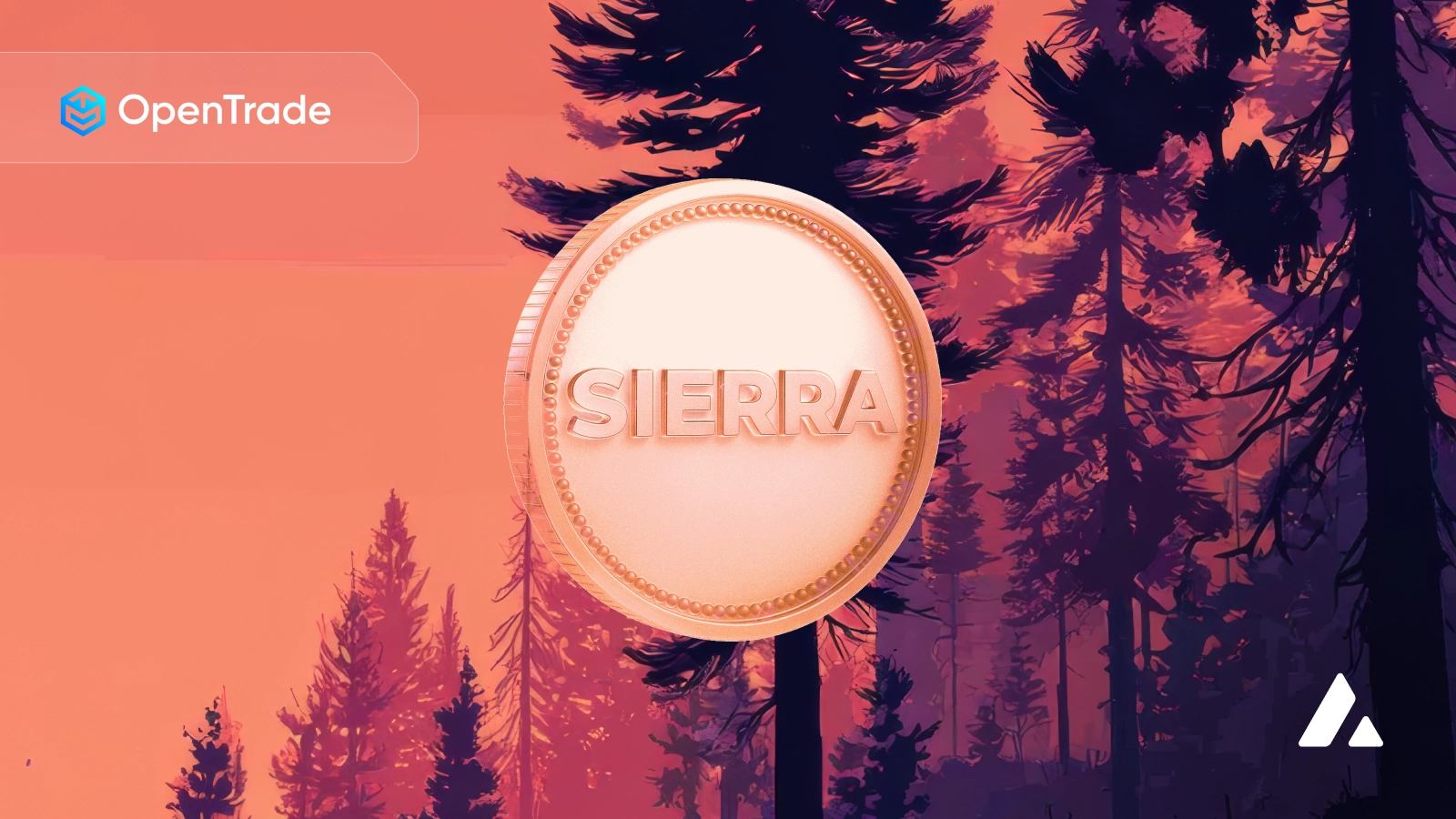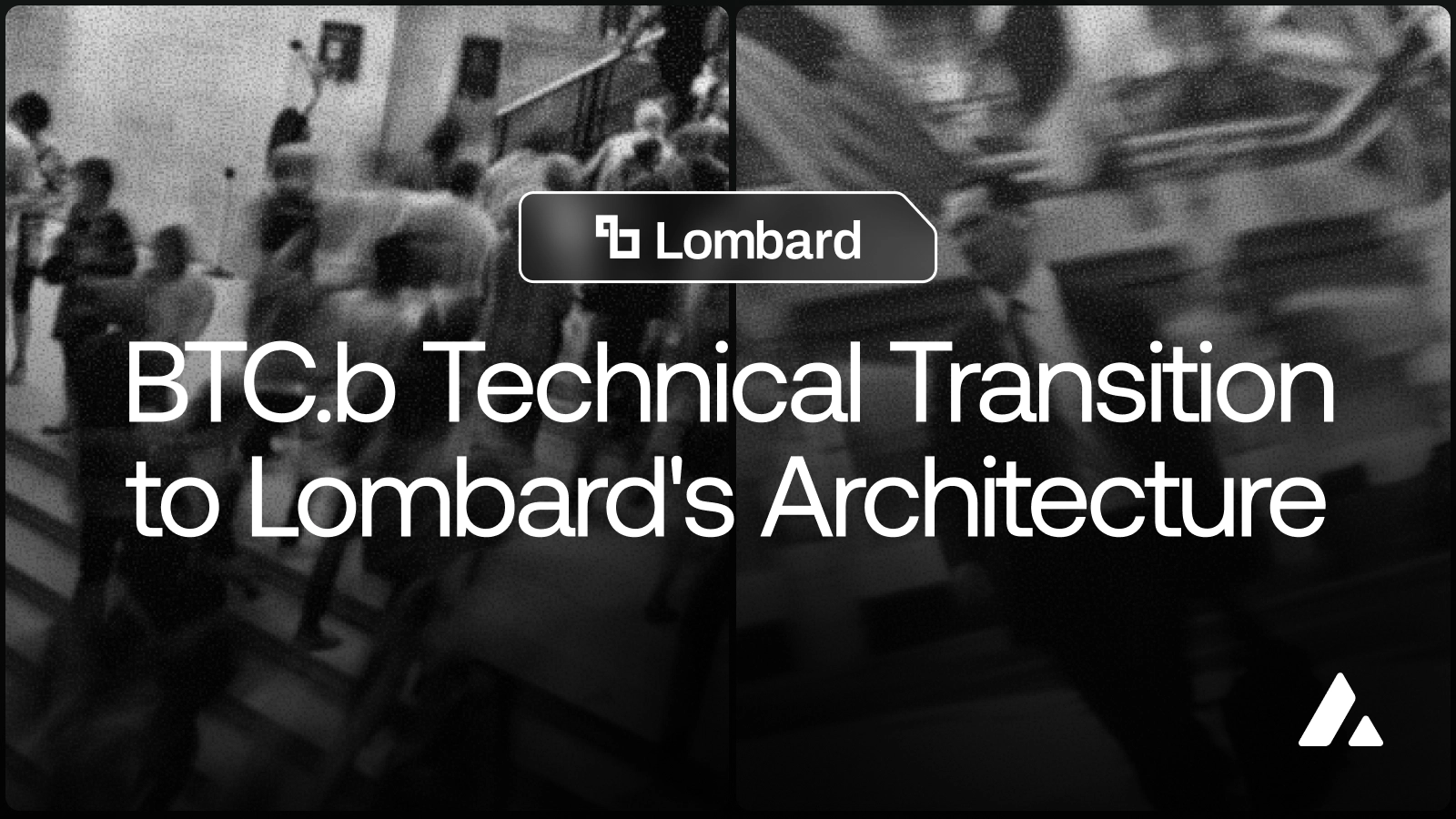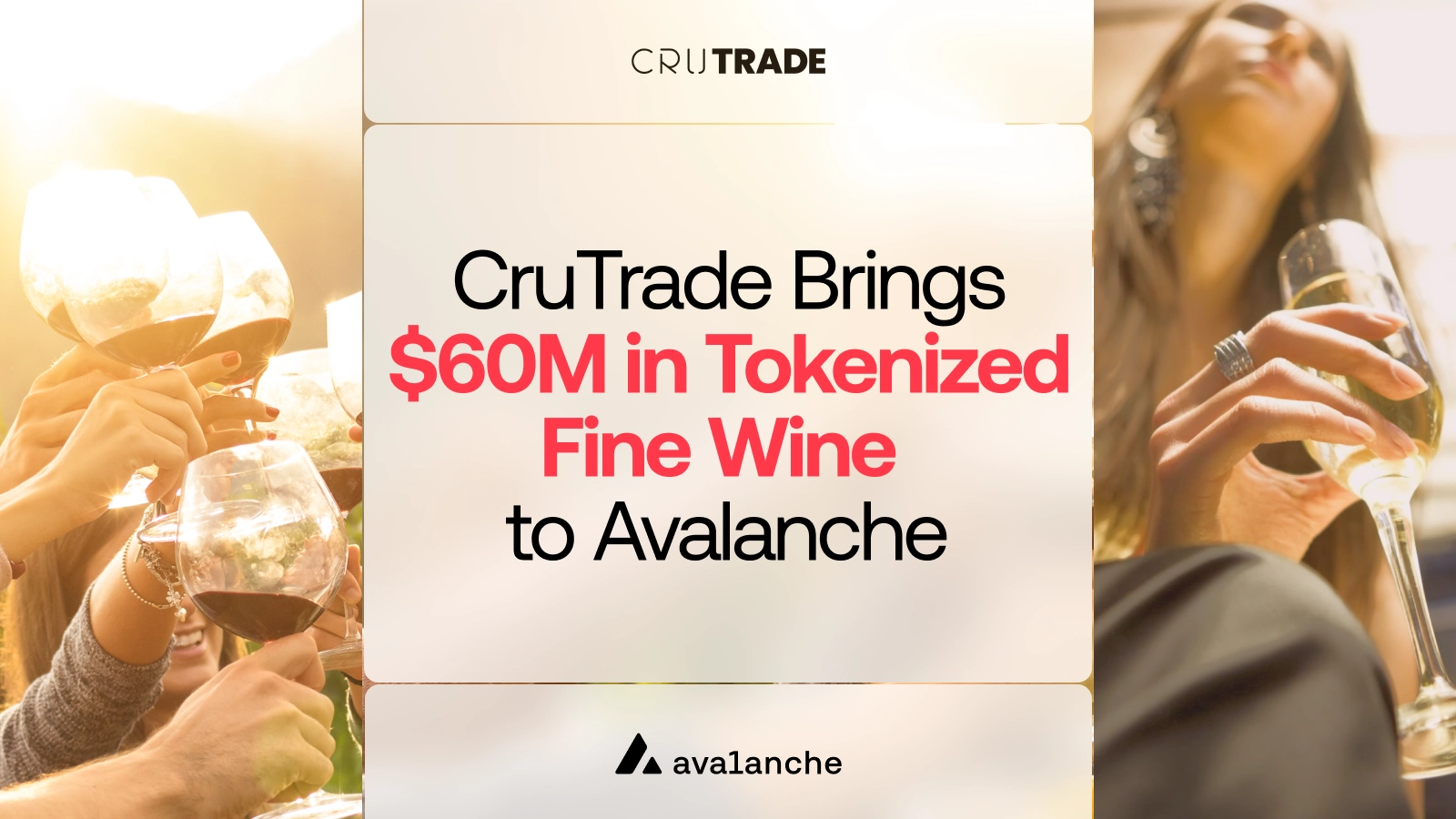Web3
What is Web3
By Avalanche / 8 Minute Read
What Is Possible with Web3?
Web3, or Web 3.0, is the name that has been given to the latest phase in the evolution of the internet. It has become customary among crypto enthusiasts to proclaim the arrival of a “Web3” ecosystem that incorporates a variety of relatively recent internet-based innovations, including and centered around blockchain technology.
Yet there is still a lot of confusion regarding the Web3 internet. In practice, Web3 is often a buzzword that can seem devoid of content, much like a TV commercial that promotes a “new and improved” product without specifying what, exactly, is so new and improved about it. But make no mistake—Web3 is more than a marketing tagline; it refers to a revolutionary new approach to the way people control their own internet-based assets and interact with others online.
Web3—a term credited to Ethereum co-founder Gavin Wood—is still an evolving concept whose potential has yet to be fully realized. To understand the underpinnings of this ongoing revolution, it is important to distinguish Web3 from the previous iterations of the internet and demonstrate how the new version builds on and advances beyond its predecessors.
The Road to Web3
The history of the internet can be divided into three distinct eras, each representing a fundamental shift in the ways that users interact with content.
Web 1.0 - The “Read-Only” Era
The first phase of the internet, also called Web1, is usually considered to have lasted from circa 1989 to 2004. It is known as the "Read-Only" era because the internet at this time consisted almost entirely of static HTML websites, joined by hyperlinks, whose contents could be viewed but allowed no real interactivity. The relationship between content creators and internet users was essentially a one-way deal: the creator posted online content for internet users to read.
It is true that in this era you could see the glimpses of later internet mainstays such as ecommerce and message boards, but these existed only in relatively primitive form. Internet users could post messages on one of the many Usenet newsgroups (which can trace their origins back to the early '80s), but social media as we know it today had not yet arrived. And although ecommerce sites were around, they generally lacked integrated payment processing and other features that would allow them to function as much more than online product catalogs.
This state of affairs changed in the mid 2000s with the advent of social media.
Web 2.0 - The “Read-Write” Era
The next phase in internet history commenced circa 2004 and has continued to the present day. This era—Web 2.0, or Web2—is marked by the introduction of social media, which can be thought of as part of a broader emergent trend of fostering user-generated content. Personal blogs, dynamic URLs, and software as a service (SaaS) applications are just a few of the innovations linked to this period that turned the internet into a truly interactive experience that fundamentally reshaped the relationship between creators and consumers.
Internet users were no longer restricted to passively viewing content; they participated in its creation. Platforms like YouTube gave them an easy way to post their own videos in a space where they could be seen by an audience of millions. Facebook enabled every user to stake out their own little corner of the internet without needing any significant tech knowledge.
But Web 2.0 still had one serious drawback: It was dependent on a handful of “Big Tech” companies that always retained final say in what could or could not be done on their platforms. These companies also benefited disproportionately from the content generated by their users, who were denied the advertising revenue that social-media platforms accumulated with help from the data and content obtained from them.
All this led to a demand for greater decentralization. Users wanted a larger degree of control over their content. That’s what inspired the development of Web 3.0.
Principles of Web3
Although it may be fairly said that Web2 replaced the earlier and less sophisticated Web1, it would be inaccurate to claim that Web3 has done the same to Web2—at least not yet. At the present time, Web2 and Web3 exist in parallel fashion. The older iteration, Web2, remains the most popular with the general public, while Web3 is still a relatively niche phenomenon.
So how does Web3 distinguish itself from the earlier versions of the internet? In general, it does this by pulling power away from traditional institutions and granting the average user a greater level of control over their activities and online assets. We can explain this by invoking several principles that underlie the development of Web3:
Decentralization - Web3 is intended to be independent of banks and other brick-and-mortar entities that traditionally have lent their authority to mediating financial activities and validating assets. The use of smart contracts, which operate autonomously, dispense with the need for third-party authority and enable “trustless” transactions.
Anonymity - Web3 users can have any level of anonymity that they wish. Although blockchain activities are public, the “real-world” identity of the participants can be hidden.
User ownership of assets - User assets and data are stored in crypto wallets that are the exclusive property of their owner (with the exception of custodial wallets, which are controlled by a third party). The private key, which allows access to the wallet, is retained by the user.
Permissionless access - There is no gatekeeping in Web3—anyone can access the system without needing to undergo any kind of application or approval process.
The purpose of Web3 is to create a global digital economy that is collectively owned and operated by its users, rather than corporations or governmental entities.
Features of Web3
Web 3.0 includes a variety of innovations that promote the goals of decentralization and democratization that characterize this new phase in internet history. These include:
Decentralized finance (DeFi)
DeFi refers to the lending or exchanging of cryptocurrency or the delivery of other financial services on a peer-to-peer basis through blockchains rather than centralized banking institutions.
Decentralized applications (dApps)
A dApp can be defined as an application on a decentralized network. A dApp is controlled by its smart contract logic and usually cannot be modified once deployed, enabling it to function autonomously.
Decentralized autonomous organizations (DAOs)
DAOs are member-owned entities that operate online and conduct their activities via consensus voting mediated by smart contracts. There is no leadership separate from the members themselves.
Native payment processing
Web3 relies on cryptocurrency that can be directly exchanged from one peer to another without the intervention or supervision of a centralized financial authority.
Stablecoins and central bank digital currencies (CBDCs)
A stablecoin is a type of cryptocurrency whose value is based on that of another asset, such as the Euro. The chief advantage lies in their relatively static value—they are much less volatile than standard cryptocurrency. CBDCs, issued by government-backed entities, are very similar: They are basically a digital version of a country’s standard fiat currency.
Non-fungible tokens (NFTs)
An NFT is a digital asset with a unique value. Unlike standard crypto, it cannot be exchanged for another of the same type. Examples of NFTs include artwork, concert tickets, and video game items.
Blockchain games
Games based on blockchains open a new frontier for gamers by granting them a greater degree of control over their online identities and in-game rewards. With blockchain games, it’s possible for users to transfer items such as avatars from one platform to another, or even sell them for their real-world value.
The Future of Web3
Web3 continues to evolve, and one of the keys to the viability of this continued evolution is attracting a wider range of participants. At present, Web3 is still chiefly the domain of tech enthusiasts. For the average consumer, the world of blockchains and decentralized finance remains imposingly mysterious, while the more established world of Web2, outdated though it may seem to the cutting-edge techie, presents far fewer obstacles to engagement. Lowering the barriers to entry, both real and perceived, is vital for the growth of Web3.
One of the most exciting recent developments in Web3 is the advent of decentralized science (DeSci). It promises to bring the varied benefits of blockchain to the world of science, providing alternative means of funding research projects and sharing ideas without the dependency on old-fashioned institutions. For the rest of us, decentralized social networks have the potential to enable users to create identities that aren’t tied to any specific platform or its terms of service.
Avalanche will be a major force in this ongoing evolution. As the fastest smart contracts platform currently available, Avalanche has earned the trust of dApp developers, DeFi professionals, and other blockchain enthusiasts from around the globe.
Avalanche makes it easy to participate in the DeFi ecosystem—by empowering users to build custom blockchain networks on Subnets, stake AVAX (the Avalanche native token) to secure the system, and freely associate with a community of over one million people. Avalanche’s proof-of-stake consensus protocol is highly energy-efficient, positioning the platform to become a major player in an industry that is increasingly aware of the need for sustainable technologies.
Join the Avalanche network today and help create the future of web3.


















